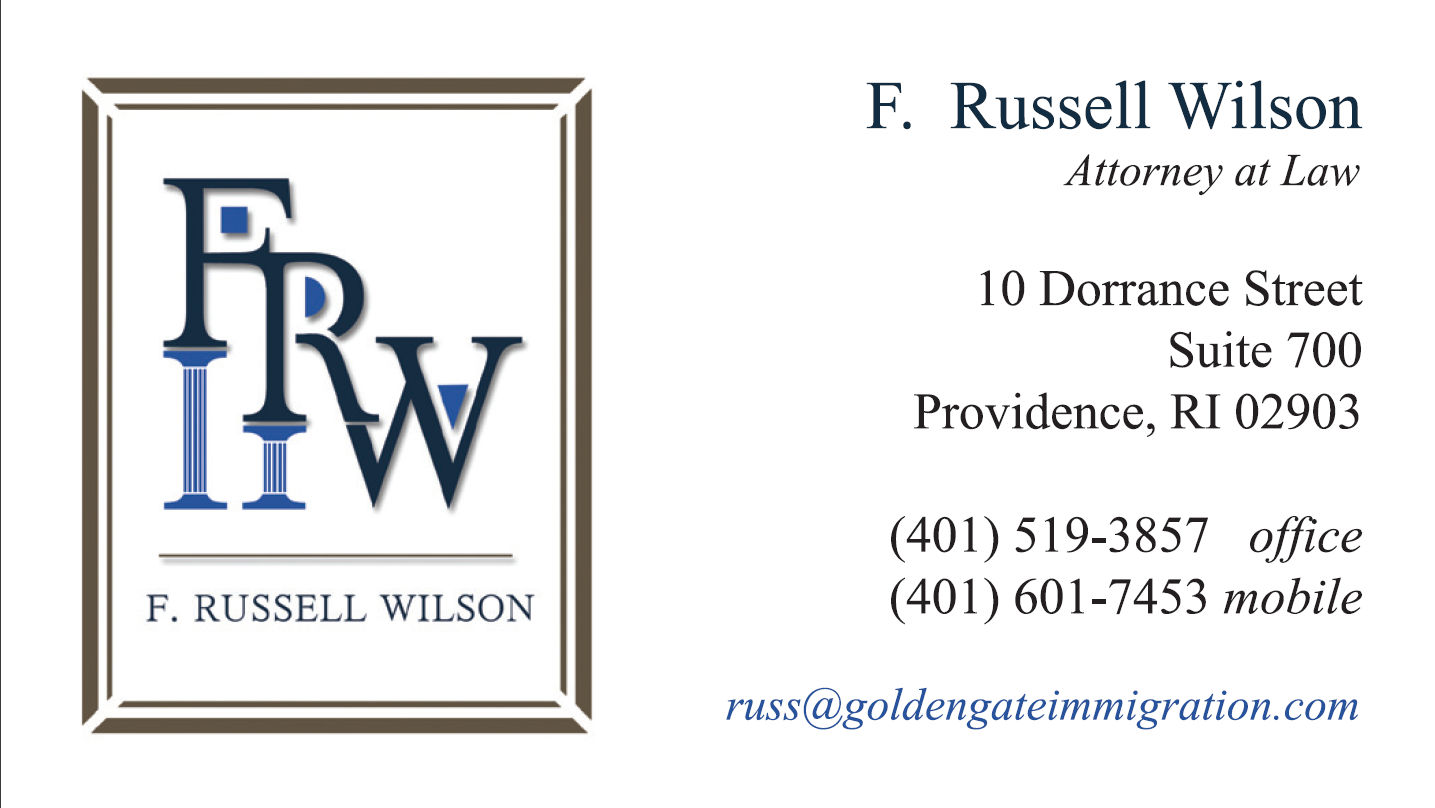The Ninth Circuit Court of Appeals has upheld the ruling of a lower federal court that places a Temporary Restraining Order (TRO) on the provisions of President Trump’s controversial Executive Order suspending for 90 days visa travel into the United States from Iran, Iraq, Syria, Yemen, Somalia, Sudan and Libya. Citizens from these countries who have been issued valid visas may again travel to U.S. ports-of-entry and request admission in their visa category.
Any legal challenge remaining would be taken by the U.S. Department of Justice, by appealing to the U.S. Supreme Court. It is important to note that the legal (or ‘substantive’) merits of the case — in other words, the legality of the order under the U.S. Constitution — have not been argued or decided. A ‘TRO’ temporarily stops an act based on likelihood of the challengers eventual legal success. . . in the opinion of the court issuing or upholding the TRO.
In short, while the visa restriction provisions of the Executive Order have been suspended, it remains to be seen whether it may ultimately succeed or fail on the legal merits. President Trump may decide to withdraw the order and issue a new Executive Order that is more narrowly designed to withstand legal challenges.
Part of the current Executive Order remains in effect. The 120 day ban on refugee admissions has not been suspended, however waivers are available in certain cases.
These are serious legal issues with widespread ramifications for U.S. immigration law. Check back for updates as we monitor the evolving law and politics of President Trump’s sweeping Executive Order.



Follow Us